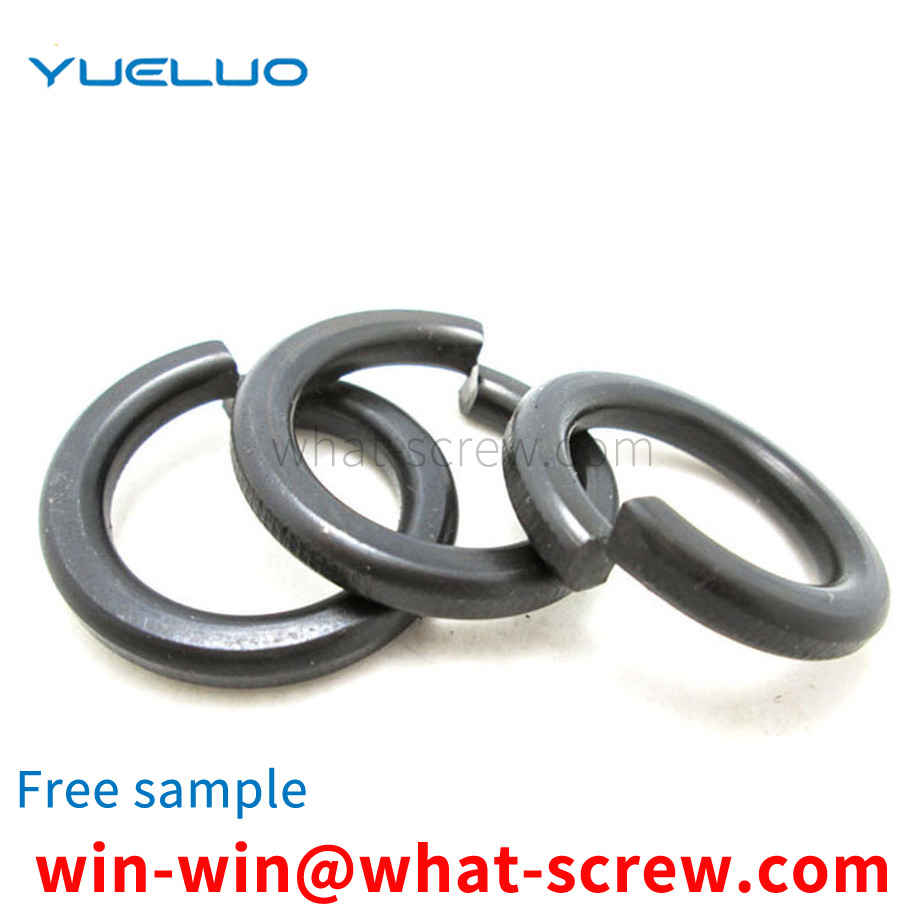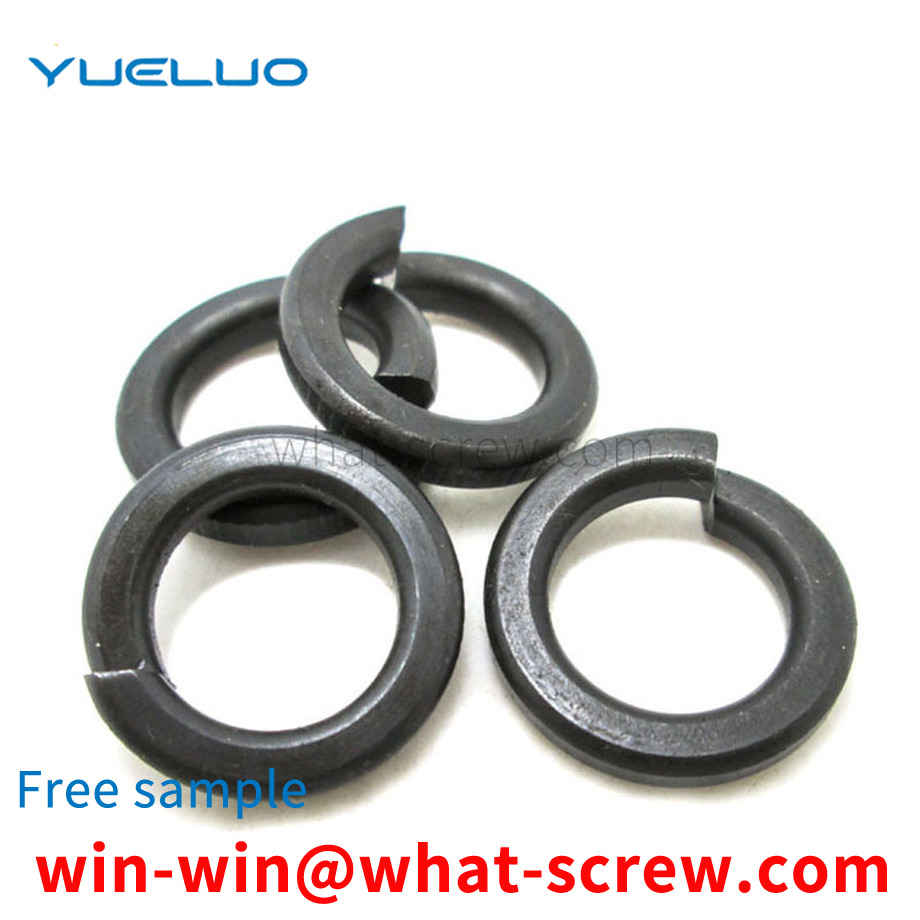The gasket is a part that is placed between the connector and the nut, and is generally a flat metal ring. Gaskets are used for mechanical seals between two objects, usually to prevent pressure, corrosion, and natural thermal expansion and contraction of pipes between two objects and leakage. Since machining the surface is not possible, irregularities can be filled with spacers. Gaskets are typically made from sheet materials such as backing paper, rubber, silicone rubber, metal, cork, felt, neoprene, rubber, fiberglass, or plastic polymers such as Teflon, application-specific gaskets May contain asbestos. Other uses are as spacers, springs (Belleville spacers, wave spacers), wear pads, pre-display devices, lock devices. Rubber gaskets are also used in faucets (valves) to cut off the flow of liquid or gas, and rubber or silicon gaskets are also used to reduce fan vibration. The function of ordinary gaskets is not good, the gaskets are easy to slip during the nut pressing process, the tightening effect is poor, the wear resistance of the gaskets is not good, and it has no anti-interference effect when used in electronic components.
1) Scope This standard specifies the lock nut (referred to as nut), the size of the locking device, technical requirements, acceptance rules and measurement methods. This standard applies to the design, production, inspection and user acceptance of nuts and locking devices for tapered bushings. 2) Terminology The terms used in this standard conform to the provisions of GB/T 6930. This standard specifies the marking system, index, test method and marking of the mechanical and working performance of the effective torque section steel hexagonal lock nut. This standard is applicable to coarse thread 6H class nuts made of carbon steel or alloy steel, the width across the sides conforming to the provisions of GB 3104, the nominal height is ≥ 0.8D, and the guaranteed load and effective torque need to be specified, and the thread diameter is 3 ~ 39mm. Except for the effective torque part, the thread size and tolerance are specified in GB 193, GB 196 and GB 197. The working temperature range of the nut should be in accordance with: All-metal nut without electroplating treatment: -50℃~+300℃. All-metal nuts with electroplating treatment: -50℃~+230℃; nuts embedded with non-metallic elements: -50℃~+120℃. This standard does not apply to nuts with special performance requirements (such as weldability and corrosion resistance). For stainless steel and non-ferrous metals with fine pitch lock nuts or thin nuts made of carbon steel or alloy steel, the performance indicators and test methods of effective torque specified in this standard may be adopted by mutual agreement.
In the prior art, the electric screwdrivers in the automatic locking screw machines all adopt the suction method to absorb the screws. Such a structure is relatively complicated, and the design of the air circuit needs to be considered, and the phenomenon of material jamming is prone to occur, and it cannot be carried out due to the reason of the air circuit. Deep hole locking screws cause great trouble to users.
pin fixing device, comprising fastening bolts for processing and fixing two workpieces, wherein the pin fixing device further comprises a fixing groove arranged on the workpiece, a positioning hole which is arranged on the workpiece and communicated with the fixing groove, and a positioning hole is arranged in the positioning hole A pin is provided with a pin bushing, the pin bushing is sleeved on the positioning pin, an accommodation space is provided between the pin bushing and the inner wall of the fixing groove, and colloid is filled in the accommodation space. The use of the pin fixing device of Guangdong Yueluo Hardware Industry Co., Ltd. can greatly improve the positioning accuracy of the pin, improve the processing efficiency, reduce the manufacturing cost, testing cost and labor cost, with strong mobility and quick response.
Generally speaking, combination screws are widely used in electrical, electric, mechanical, electronic, household appliances, furniture, ships and so on. But the above said that different combination screws have different functions. For example, Phillips pan head combination screws are generally used in small electronic products. Larger cross hexagon combination screws are used in larger electrical products, such as frequency converters, and some larger frequency converters use many cross hexagon combination screws. Hit the inverter case. To loosen the tightening effect. For example, two combination screws with flower teeth, which are used on the inverter, are used to break the paint, so that all the two combination screws on the surface of the casing are powered on. There is also a two-combination screw with a square pressure line, which itself is a two-combination screw with a pan head screw and a square pad. It is generally used on the surface of the terminal block. The function is for wiring and for crimping.
We have many years of experience in the production and sales of screws, nuts, flat washers, etc. The main products are: galvanized gaskets, galvanized solid rivets, large knurled thumbscrews and bolts, GB805 blackening and other products, we can provide you with suitable products for you. Fastener Solutions.



















 Service Hotline
Service Hotline




